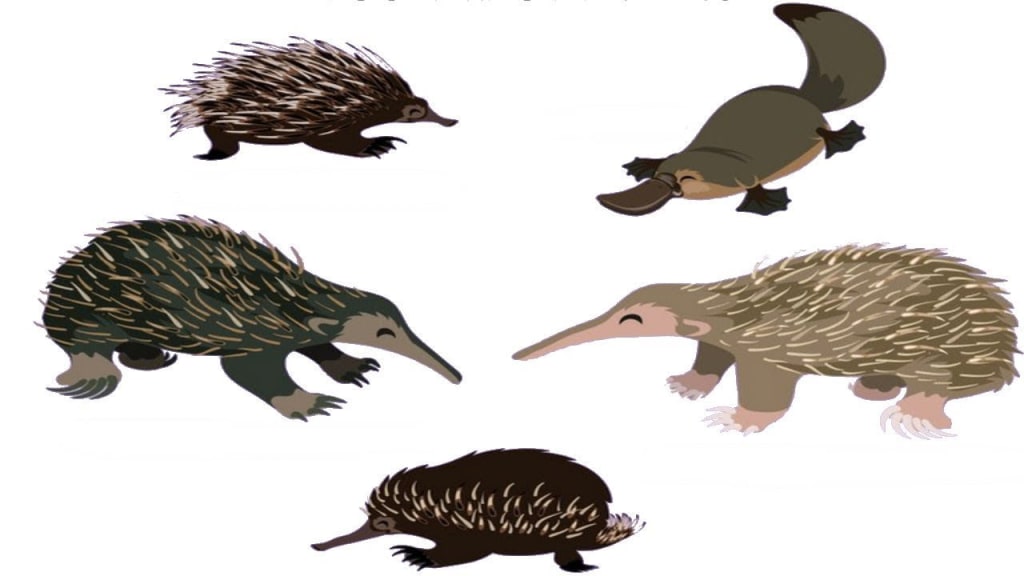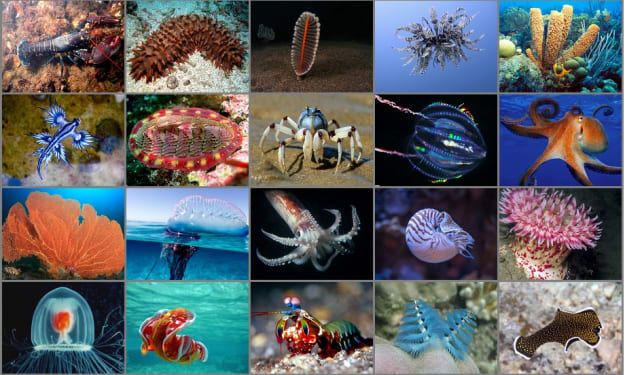Monotremes: The Unique and Endangered Egg-Laying Mammals
Exploring the Biology, Behavior, Evolution, and Conservation of the Five Extant Species of Monotremes

Monotremes are a unique group of mammals that are characterized by their unusual reproductive and evolutionary traits. They are the only group of mammals that lay eggs instead of giving birth to live young, and they also lack nipples, instead excreting milk through specialized patches on their skin. Monotremes are also the most primitive group of mammals, having diverged from the rest of the mammalian lineage approximately 200 million years ago. In this article, we will explore the fascinating world of monotremes, their biology, behavior, and conservation.
Overview:
Monotremes are a small group of mammals that consist of only five extant species. They are found only in Australia and New Guinea and are considered to be some of the most unique and interesting animals in the world. The five extant species of monotremes are the platypus and four species of echidnas.
Reproduction:
One of the most unique features of monotremes is their reproductive system. Unlike other mammals, monotremes lay eggs instead of giving birth to live young. The eggs are incubated outside of the mother's body and hatch after a period of about 10-12 days. After hatching, the young are fed with milk produced by the mother, which is excreted through specialized patches on the skin called "milk glands." Monotremes do not have nipples like other mammals, but instead secrete milk through these specialized glands on the skin.
Behavior:
Monotremes are solitary and nocturnal animals, meaning they are active primarily at night. They are also very elusive and are difficult to spot in the wild. Platypuses, for example, spend much of their time in rivers and streams, where they forage for food on the river bottom. They are excellent swimmers and have been known to stay underwater for up to 10 minutes at a time. Echidnas, on the other hand, are terrestrial animals that spend much of their time foraging for food on the ground. They are excellent diggers and use their powerful claws to excavate termite mounds and other insect nests.
Evolution:
Monotremes are the most primitive group of mammals, having diverged from the rest of the mammalian lineage approximately 200 million years ago. They are considered to be "living fossils" because they retain many of the ancestral traits that were present in the earliest mammals. For example, monotremes lack teeth and instead grind their food with horny plates in their mouths, which is similar to the feeding mechanism of reptiles. They also have a cloaca, which is a single opening for both excretory and reproductive functions, another characteristic shared with reptiles.
Conservation:
All five species of monotremes are considered to be threatened or endangered due to habitat loss, hunting, and other human activities. The platypus, for example, has experienced significant declines in population size in recent years, with estimates suggesting that there may be fewer than 30,000 individuals left in the wild. The other species of monotremes, the four species of echidnas, are also facing threats due to habitat loss and degradation.
Conservation efforts are underway to protect these unique and important animals. In Australia, the platypus is protected under state and federal legislation, and efforts are being made to conserve its habitat and reduce the impact of human activities on its populations. Similarly, conservation efforts are underway in New Guinea to protect the four species of echidnas and their habitats.
Conclusion:
Monotremes are a unique and fascinating group of mammals that are characterized by their unusual reproductive and evolutionary traits. They are the only group of mammals that lay eggs instead of giving birth to live young, and they lack nipples, instead excreting milk through specialized patches.
About the Creator
Enjoyed the story? Support the Creator.
Subscribe for free to receive all their stories in your feed. You could also pledge your support or give them a one-off tip, letting them know you appreciate their work.





Comments
There are no comments for this story
Be the first to respond and start the conversation.